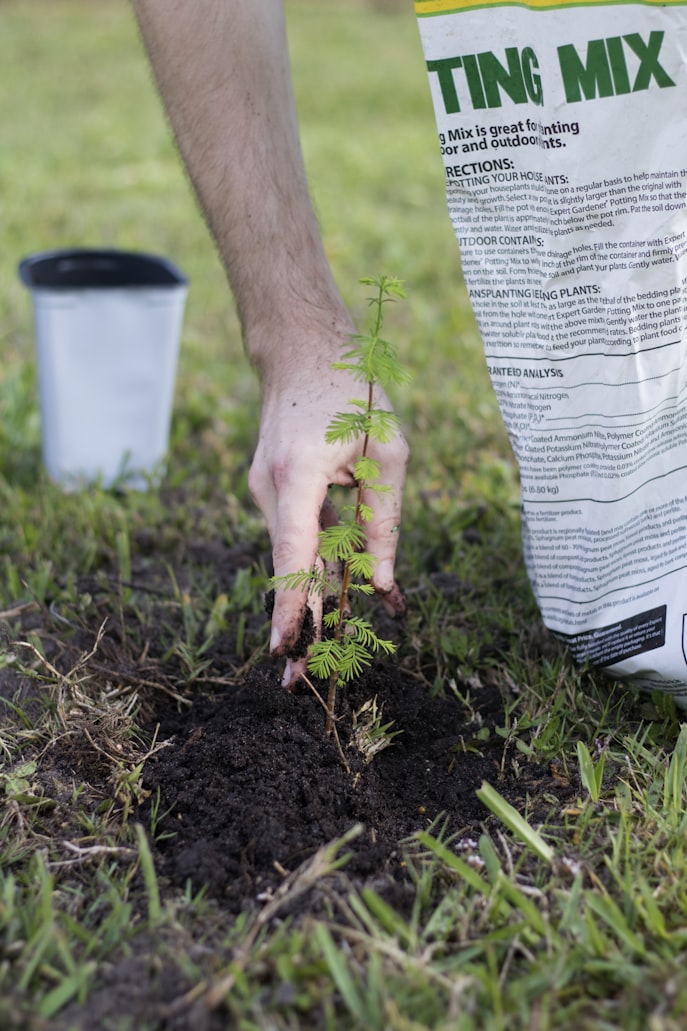Trees on a residential home or a commercial property to be planted by your landscaping service are an asset in providing curb appeal. Natural shade can keep a home from getting too warm in summer and protect it against harsh winter weather. Here’s how to add trees to a client’s lawn to enhance the beauty and functionality of their home.
Buy Healthy Trees
Shop carefully for trees to ensure you get quality products that are likely to survive. Look for signs of fungus or disease as well as other evidence that the trees may be unhealthy or weak. While you don’t want to necessarily buy the cheapest trees on the market, you will want to pay a fair price, so look for wholesale trees for landscapers that provide quality as well as affordability. Check the wholesaler’s history to see how long the business has been operating and if it has a BBB rating. If some of the trees you buy don’t survive, be aware of the return or replacement policy.
Plant Trees Based on Their Needs
Depending on which trees you choose, ask the sales associate where you buy them about the required soil type and recommended conditions. Find out how deep the trees should be planted and whether they need to be protected from wildlife or rough weather. Certain tree types might need to be planted in semi-shady areas or in full sunlight to reach their growth potential. If you are planting more than one of the same type, determine how close together they should be. The same information will be needed when planting trees of different types in the same area of a lawn.
Provide Routine Maintenance
If your landscaping service offers a maintenance plan for the trees you sell and plant, follow it carefully for best results. You can also advise the clients how and when to water the saplings and whether they require plant food or temporary shelter and support until they reach a certain height. Continue to look for signs of disease in young trees until you are sure they are healthy with a strong likelihood of survival. Advise the owners of how to spot trouble in the trees as they develop.
Suggest Optimum Care
Young trees require occasional pruning to keep them straight and strong. Branches might need to be shortened or removed. Look for deadwood as they grow and cut it off. Sprouts off the trunk or in the ground around the base of the tree should be removed to avoid clustering, competing growth that could sap the tree’s water and food supply.
Trees can add value to a property if they are well maintained. Plant trees that will adapt to the prevailing soil conditions, and advise customers how to keep their new trees healthy and strong for years of enjoyment.
